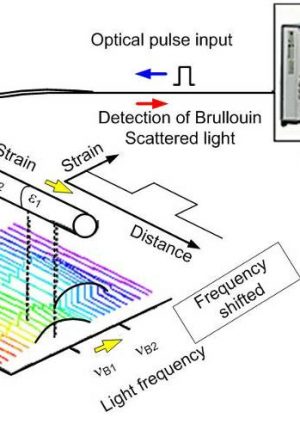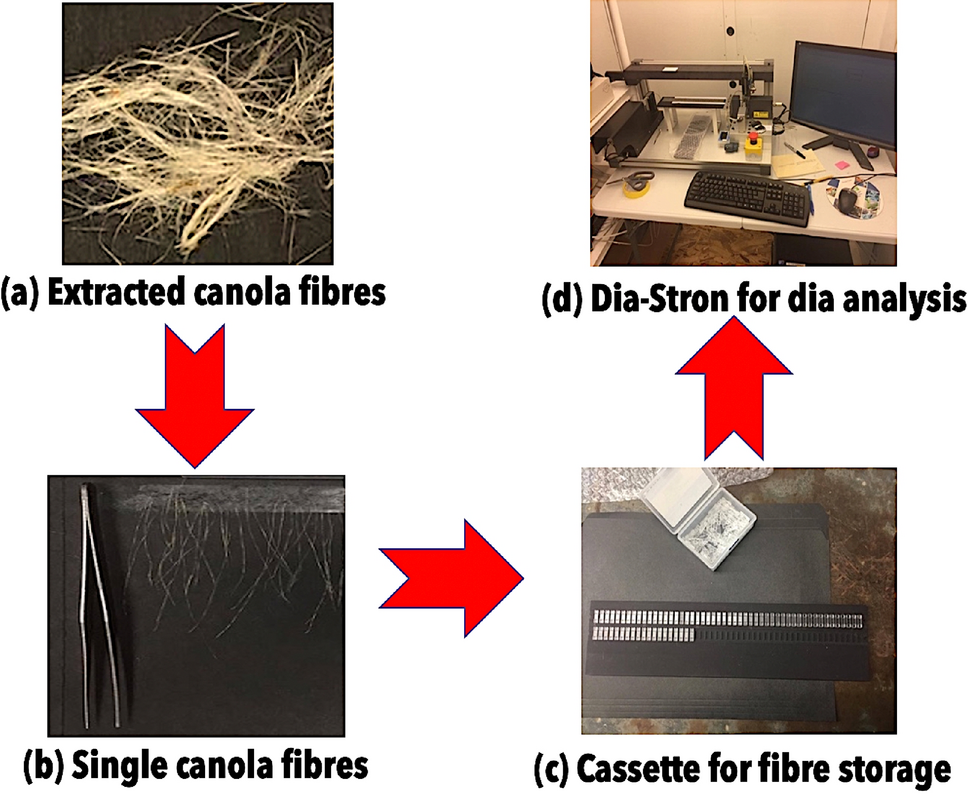Maximize Your Fiber Optic Performance: Comprehending Optical Fibre Diameter Analyser Innovation
The efficiency of fibre optic systems is critically affected by the accuracy of their size, an element commonly neglected in the quest of optimum signal integrity. Recognizing the innovation behind optical fiber size analysers exposes the intricate equilibrium between dimension accuracy and production high quality.
Significance of Optical Fiber Size
The size of optical fiber plays a vital function in figuring out the efficiency and effectiveness of communication systems. On the other hand, smaller sized diameters often tend to support fewer settings, which can boost signal quality and minimize crosstalk.

In addition, recognizing the size's ramifications can result in cost financial savings by reducing the need for signal boosting and repeaters in extensive networks (optical fibre diameter analyser). In verdict, the value of optical fibre size can not be overstated, as it directly influences the general effectiveness and dependability of modern communication systems

How Size Impacts Signal Quality
Signal quality in optical fibre systems hinges considerably on the diameter of the fibre. The size influences several essential criteria, consisting of attenuation, transmission capacity, and modal diffusion. A smaller size can cause greater attenuation rates, causing signal loss as light travels with the fibre. This attenuation can compromise the integrity of the transmitted data, causing a decline in signal top quality, specifically over lengthy distances.
Alternatively, larger sizes normally enable enhanced light capture and decreased modal dispersion, enhancing signal clarity. In multimode fibres, a larger core size can support numerous light modes, but it may likewise present intermodal dispersion, which can deteriorate signal high quality. For that reason, selecting the ideal fibre diameter is crucial for achieving the wanted efficiency in details applications.
In addition, the interaction between the fibre diameter and the wavelength of the light used plays a vital duty in establishing the efficient transmission range and overall signal stability. Recognizing how fibre diameter impacts signal high quality is important for network designers and engineers making every effort to enhance optical fiber systems for reliable, high-speed information transmission.
Overview of Size Analyser Modern Technology
In lots of optical fibre manufacturing processes, precise dimension of fibre diameter is important for making certain constant efficiency and high quality (optical fibre diameter analyser). Diameter analysers are innovative instruments developed to examine the physical dimensions of optical fibers with high precision. They employ sophisticated optical and laser modern technologies to determine the size, ovality, and concentricity of the fibre, therefore providing important information for quality assurance
These analysers can operate in-line during the production process or as component of off-line testing methods. In-line systems make it possible for real-time surveillance, enabling producers to readjust specifications instantly, thus maintaining optimum manufacturing conditions. Off-line analysers, on the various other hand, give detailed examinations of batches, making sure that any inconsistencies from specified resistances are identified and addressed.
Diameter analysers considerably add to the reduction of issues in optical fibres, boosting general item reliability. By constantly gauging key parameters, these technologies facilitate conformity with industry requirements and specifications. As the need for high-performance optical fibres remains to rise, the duty of size analysers becomes increasingly vital in accomplishing the wanted quality and efficiency requirements in fibre optic systems.
Key Features of Fibre Size Analysers
Although various versions of fibre size analysers exist, they frequently share numerous key functions that enhance their functionality and integrity. One of the most significant features is high-resolution measurement capacities, which ensure accurate diameter readings, critical for preserving quality control in fibre production. In addition, several analysers incorporate innovative optical sensing units designed to discover minute variations in fiber diameter, thus supplying very useful information for process optimization.
One more crucial attribute is real-time tracking, allowing operators to get prompt feedback on fiber diameter throughout the production procedure (optical fibre diameter analyser). This ability assists in quick changes and reduces the possibility of issues. Several analysers additionally come outfitted with straightforward interfaces, enabling operators to easily browse through data and settings outcomes
Additionally, robust information storage and analysis performances are crucial for tracking historic efficiency trends and making sure conformity with industry standards. These features jointly add to the efficacy of fiber size analysers in maximizing fibre optic performance.
Best Practices for Fiber Optimization

First, normal calibration of optical fibre size analysers is vital. This guarantees accurate dimensions and reduces possible inconsistencies that could influence performance. Next, maintaining a clean functioning atmosphere is crucial; dust and impurities can result in signal destruction.
Furthermore, it is essential to select fibres that satisfy details application needs. This includes evaluating factors such as attenuation, transmission capacity, and environmental problems. Correct installation strategies should also be adhered to, including preventing sharp bends and too much tension, which can endanger fiber stability.
Furthermore, using sophisticated monitoring systems can assist in real-time performance assessments, making it possible for punctual recognition of problems. Routine screening and maintenance must be conducted to ensure that fibres remain within optimal functional criteria.
Finally, training employees on the most recent fiber optimization modern technologies and methods will improve their capacity to carry out effective strategies. By adhering to these ideal practices, organizations can dramatically enhance the performance and lifespan of their optical fiber systems, ensuring effective communication and data transfer.
Conclusion
Finally, the combination of optical fibre diameter analyser innovation is vital for making best use of fibre optic efficiency. By click to investigate making certain precise dimensions of fiber measurements, these analysers significantly boost signal quality and decrease losses throughout data transmission. Routine calibration and upkeep of the analysers are imperative to promote optimum performance and conformity with sector standards. Inevitably, the application of this modern technology promotes boosted data transmission rates and enhances signal honesty, adding to the total efficiency of fibre optic systems.
Signal top quality in optical fiber systems hinges significantly on the size of the fibre.In several optical fibre Find Out More production procedures, precise measurement of fiber diameter is important for making sure consistent efficiency and top quality. As the need for high-performance optical fibres continues to increase, the function of size analysers becomes increasingly crucial in accomplishing the desired quality and efficiency criteria in fibre optic systems.
These features collectively add to the efficiency of fiber diameter analysers in optimizing fibre optic efficiency.
In verdict, the combination of optical fiber diameter analyser modern technology is essential for making the most of fibre optic efficiency.
 Alisan Porter Then & Now!
Alisan Porter Then & Now! Kane Then & Now!
Kane Then & Now! Richard Thomas Then & Now!
Richard Thomas Then & Now! Bo Derek Then & Now!
Bo Derek Then & Now! Rossy de Palma Then & Now!
Rossy de Palma Then & Now!